January is something of a palate-cleanser for the year, as the London International Mime Festival flies in plane-loads of companies bearing gnomic names in a kind of dance-world Desperanto that’s equally incomprehensible in every language. Like cars or tourist T-shirt slogans, titles like Plexus or Ephemeral Architectures label what’s now called ‘visual theatre’, with copious explanatory notes translated between four languages, gaining comic value at every stage.
Already a subscriber? Log in
Subscribe for just $2 a week
Try a month of The Spectator Australia absolutely free and without commitment. Not only that but – if you choose to continue – you’ll pay just $2 a week for your first year.
- Unlimited access to spectator.com.au and app
- The weekly edition on the Spectator Australia app
- Spectator podcasts and newsletters
- Full access to spectator.co.uk
Or
Unlock this article
You might disagree with half of it, but you’ll enjoy reading all of it. Try your first month for free, then just $2 a week for the remainder of your first year.

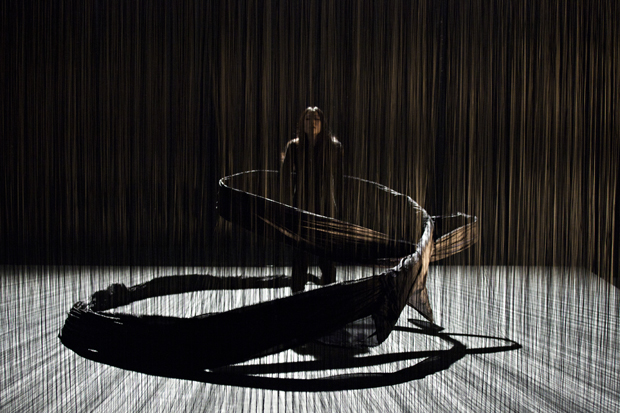
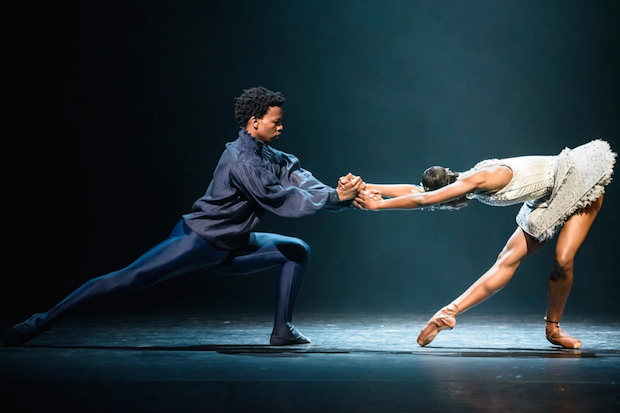
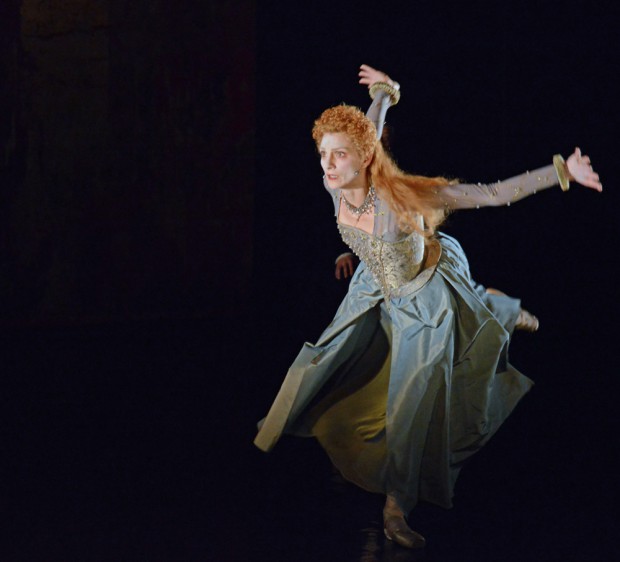
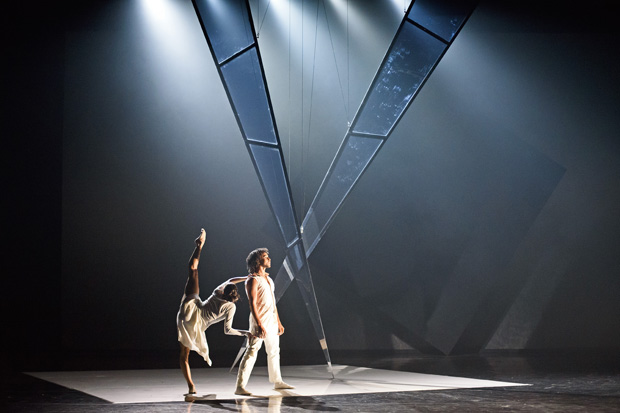
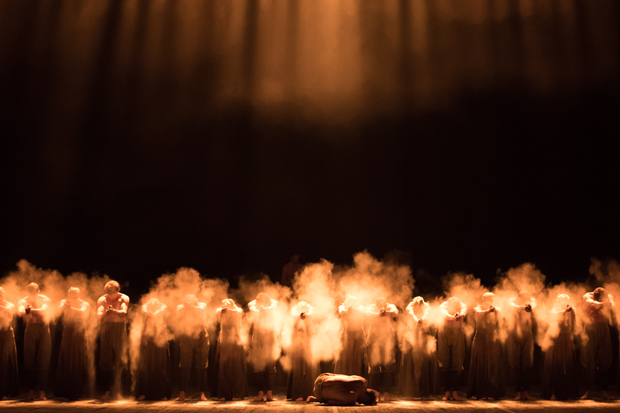
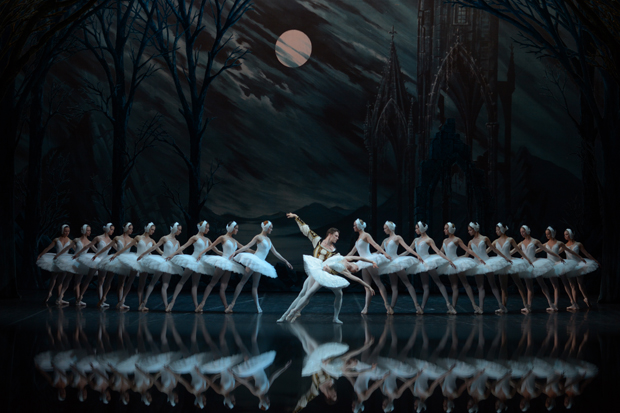
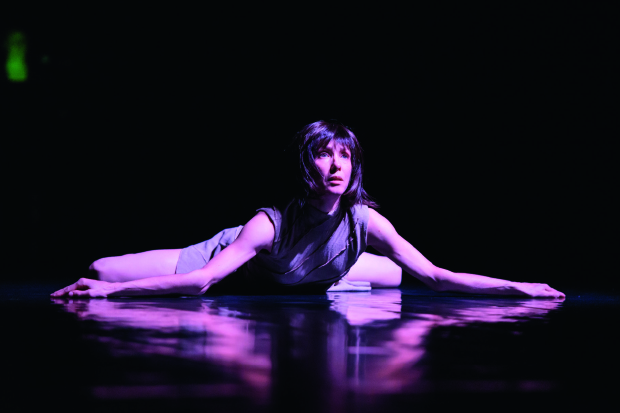






Comments
Don't miss out
Join the conversation with other Spectator Australia readers. Subscribe to leave a comment.
SUBSCRIBEAlready a subscriber? Log in